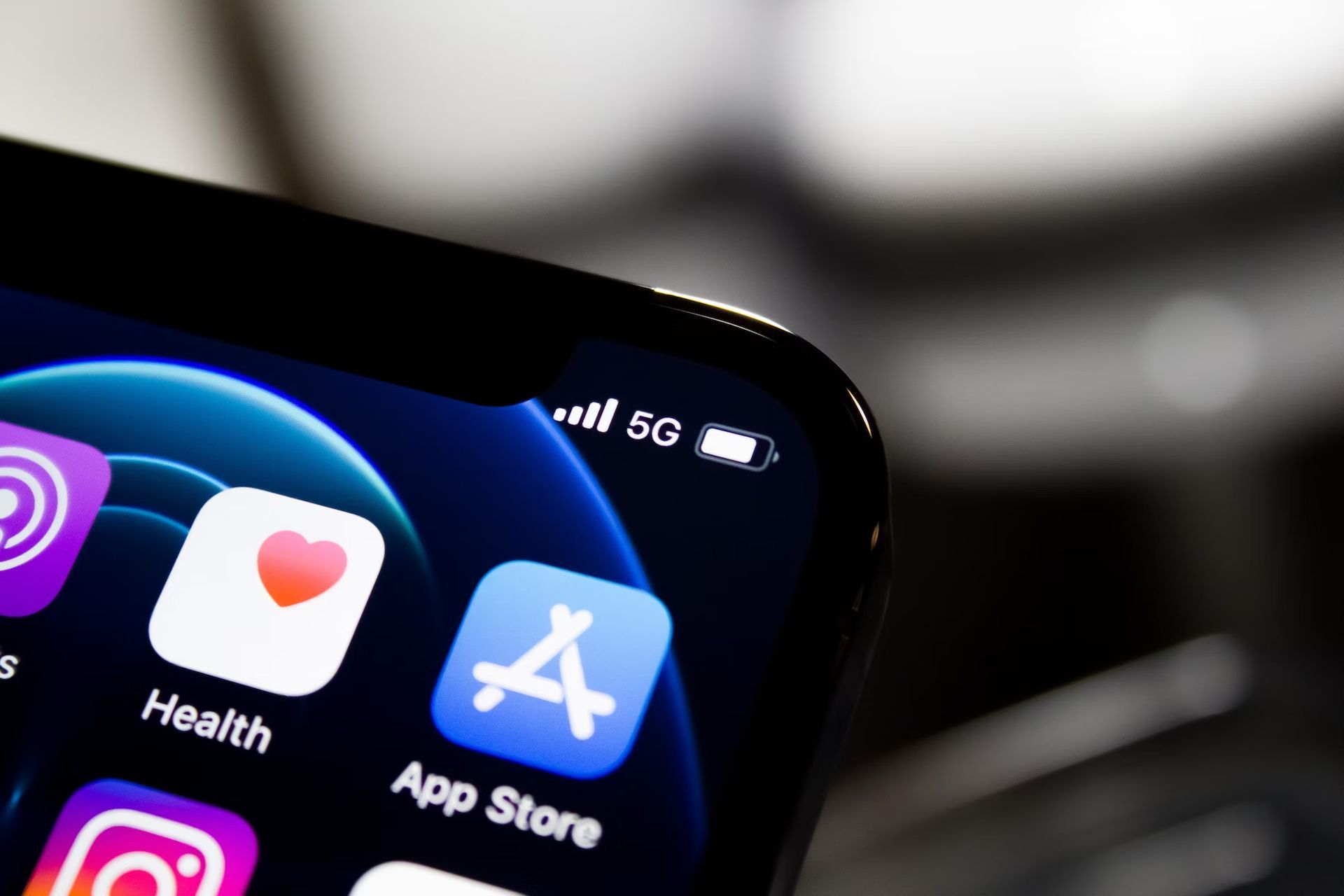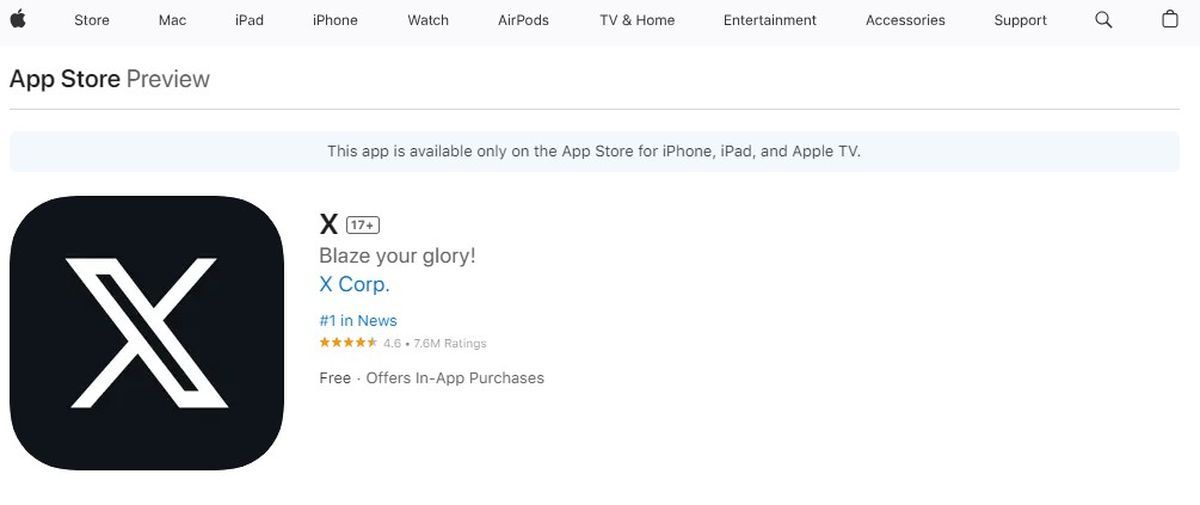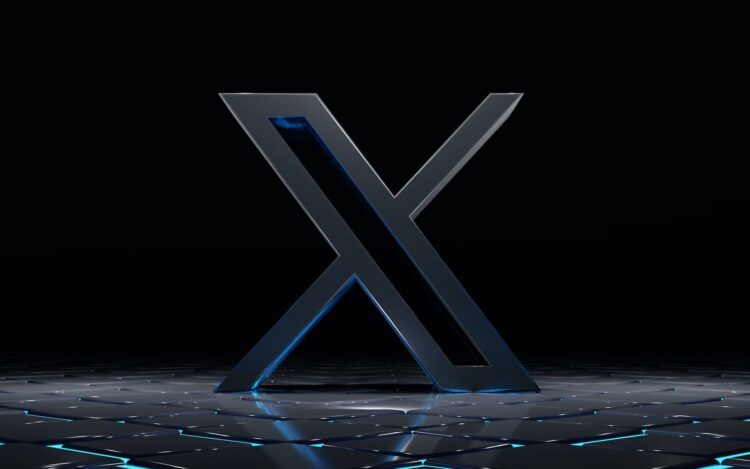- Apple rejects X first on App Store, due to some standards but now the change is made.
- Both Google Play and Apple’s App Store launched updated versions of the renamed Twitter app, with the Google Play Store adopting ‘X’ before Apple’s App Store.
- However, the transformation is not complete as the app still appears as “Twitter” among installed apps on an Android device, and its internal application package ID remains as com.twitter.android.
Everyone is curious about the reason why Apple rejects X in the App Store. The ambitious Elon Musk was successful in transforming Twitter’s identity to ‘X’ and even deftly made x.com lead to the social media platform, yet not every corner of the digital world was prepared to accommodate this change as smoothly. The roadblock, it seemed, was set by Apple’s App Store and its established rules.
The reason why Apple rejects X is…
Intriguingly, despite ‘X’, the mathematically appealing double-struck letter being Twitter’s new guise, it didn’t quite fit the bill everywhere. Apple’s App Store, with its firm character requirements, initially declined to accept ‘X’ as the renamed Twitter iOS app. This presented an interesting twist, showing that while ‘X’ might be trendy and streamlined, it doesn’t universally meet platform standards.
In the recent week, an interesting development surfaced. Both Google Play and Apple’s App Store released updated iterations of the rebranded Twitter application, tailored for their respective Android and iOS clientele. This latest version of the app sports the ‘X’ logo, and in certain circumstances, even goes by the newly christened name of Twitter.

Google Play Store has adopted the name ‘X’ over ‘Twitter’ before Apple’s App Store. But it’s not a full-fledged transformation. The app continues to appear as “Twitter” among installed apps on an Android device, and the application package (APK) ID still retains its original identification, com.twitter.android, internally.
Contrastingly, the most recent version of Twitter’s iOS application faces a unique challenge. It couldn’t adopt the ‘X’ label on the App Store due to the set rules surrounding the minimum character requirements for iOS app names. A fascinating divergence from the Android counterpart, indeed.
While the rules of the App Store allow for iOS app names to stretch up to 30 characters, a minimum of 2 characters is a non-negotiable requirement.
Certain Apple device users have reported spotting the ‘X’ app on their iPhones or iPads post the latest update, yet the App Store’s character restriction remains steadfast.

Twitter’s hurried and somewhat inconsistent rebranding hasn’t been without its share of hiccups, both legal and technical. However, the unfolding saga has recently seen a surprising turnaround. Apple’s App Store, after initially refusing to acknowledge ‘X’ as Twitter’s new name, has revised the app’s name from ‘Twitter’ to ‘X,’ finally creating a path through its earlier resistance.
It’s clear that the bold move by Twitter – now ‘X’ – to reinvent itself wasn’t going to be a walk in the park, especially when tech giants like Apple are involved. The initial ‘Apple rejects X’ saga offers a valuable lesson about the unexpected roadblocks that can occur even when tech titans like Musk are steering the wheel.
The tale underscores the importance of comprehensively understanding platform requirements and user experience before undergoing major rebranding initiatives. However, the final acceptance of ‘X’ on the Apple App Store is a testament to the fact that change, though initially resistant, is indeed possible, and sometimes, inevitable. It also underlines the dynamic nature of the digital world – a space where adaptability is key. This rebranding journey of Twitter to ‘X’ will surely make for an interesting case study in the annals of tech history.
Did you know that Musk wants to paint X in dark?
Featured image credit: BoliviaInteligente/Unsplash





